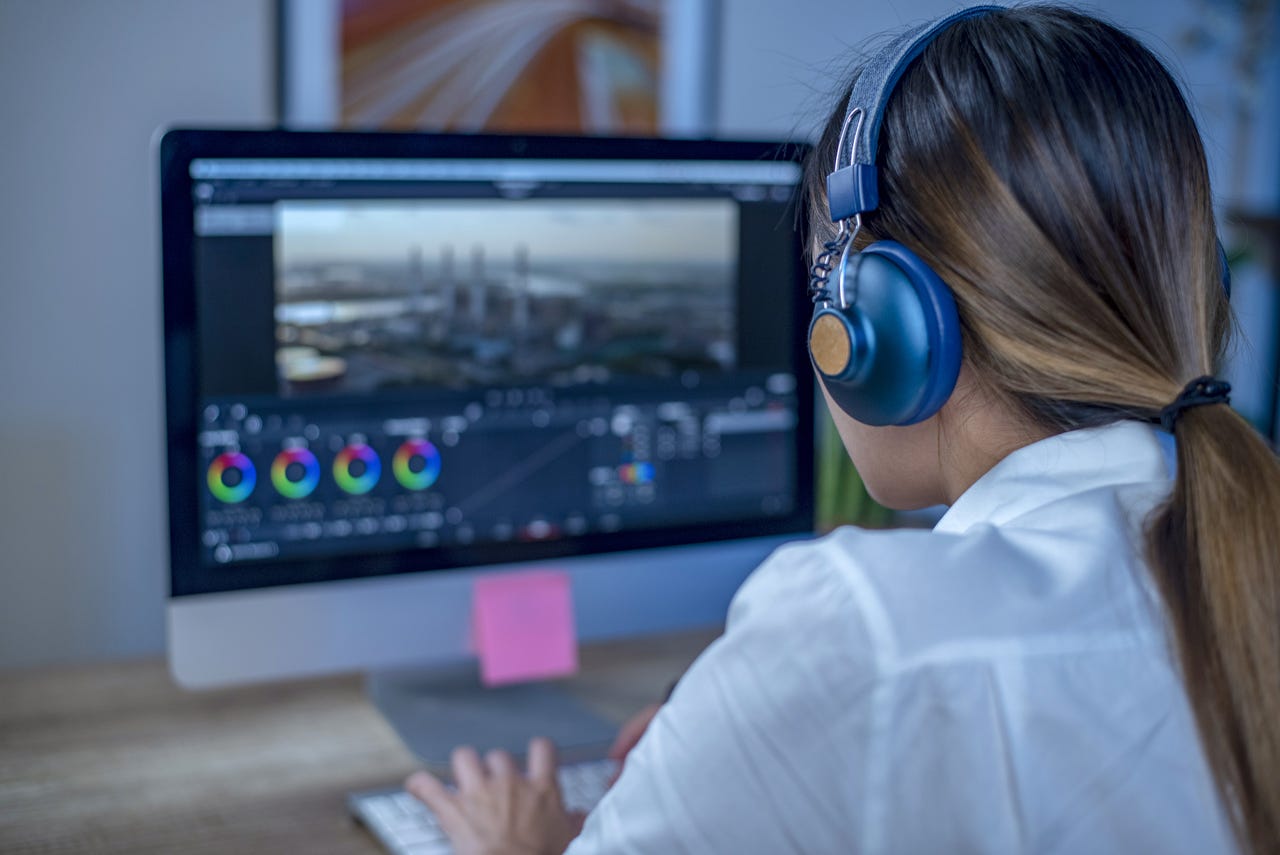
































I've been using Final Cut Pro X (FCPX ) for a few years now. In the early stages, it was quite a slog trying to figure out how to make the application work for me. I knew exactly what I wanted for my work, I just couldn't quite figure out how to make it happen.
With perseverance, I developed a good workflow. When I ran into something I couldn't do, I figured out the process step by step. That approach meant I got up to speed on FCPX, but it wasn't always easy.
Also: How to simplify your Final Cut Pro workflow with saved effect presets
Fortunately, I've learned a few tips that I consider "essential" for making Final Cut Pro X far more effective. Now, I want to share those tips with you.
So, let's get to work.
Let's say you've placed several clips into your timeline and you need them all to have the same look and feel. You could go through those clips, one by one, and add the same effects and colorizations, but that would be a time-consuming process. Fortunately, FCPX can use adjustment layers, which makes it possible to add a single layer, which contains all the effects and colorizations you need, to as many clips as you want. This trick will not only save you time, but it will also ensure all your clips have a consistent look.
Also: 3 ways to improve the color in your video clips with Final Cut Pro
The one caveat to note is that FCPX doesn't have adjustment layers built in. You will either have to purchase Motion, or you can use this free plugin from Motion Array. Once you've downloaded the plugin, copy it to /USER/Movies/Motion Templates (where USER is your MacOS username), and restart FCPX. You should then find the adjustment layer plugin in Titles > Adjustment Layers. You can then drag the adjustment layer to the timeline and expand it over the clips you want. Once the layer is there, add all the effects you need.
If you keep a lotof clips in your library, and regularly re-use them, there are two features you need to learn how to use. Both favoriting and keywords make it far easier to find the right clip you need to add to whatever video you're editing. This approach makes reusing clips much more efficient. And as your clip library grows, you'll be glad you've made use of this feature. To favorite a clip, you simply select it in the clip library, which is directly to the left of the preview pane, and hit the F button, which will place a green outline around the clip, so you can quickly find it.
Also: How to use Photoshop: 5 basic steps to edit a photo
To add a keyword to a clip -- such as B-Roll, a location name, or a character name -- select the clip in the library, click the key icon near the top left of the FCPX window, and add the keyword(s) you want to apply to the clip. Those keywords will appear in the hierarchy under the project in the left sidebar.
This tip was something I learned the hard way. FCPX libraries can get very large. I've had a library, which is a single file that houses everything from projects that belong in that library, grow to nearly 1TB in size. At the time, I was storing everything, including media for the project, in the same external drive as the project library. Needless to say, that library filled up very quickly.
Instead, I now house a library on one external drive and the media for the project either on internal storage (for small projects) or a separate external drive (for larger projects). This approach might cost you a bit of extra money, but it will save you from dealing with the headache of a full drive and the inability to save to a library.
From the very outset of using FCPX, you'll need to learn some of the keyboard shortcuts. There are certain features in the application that are either only accessible by a keyboard shortcut or are hard to find within the menu structure. Some of the essential keyboard shortcuts include:
You can learn every one of the FCPX keyboard shortcuts on Apple's website (warning, there are alot of them).
I have one particular video series that uses the same title for the intro and outro. For a while, I recreated that title for every video, which took some time. Eventually, I realized I could make a Template Library and create the intro there. Using the template means you need to copy it from one library to another. So, you could select the template you want to copy from the clip library, and then click File > Copy to Library. Select the destination library from the list and the template will be copied, so it's useable for your project. This tip is a great way to create complicated clips and use them across projects or libraries.
With these five tips, you'll find Final Cut Pro X is more efficient and effective. Just remember, this is a complicated piece of software, so don't expect to dive right in and understand everything immediately. I've been using the application for years and I still have a lot to learn.
 Etiquetas calientes:
Casa y oficina
Vida laboral
productividad
Etiquetas calientes:
Casa y oficina
Vida laboral
productividad